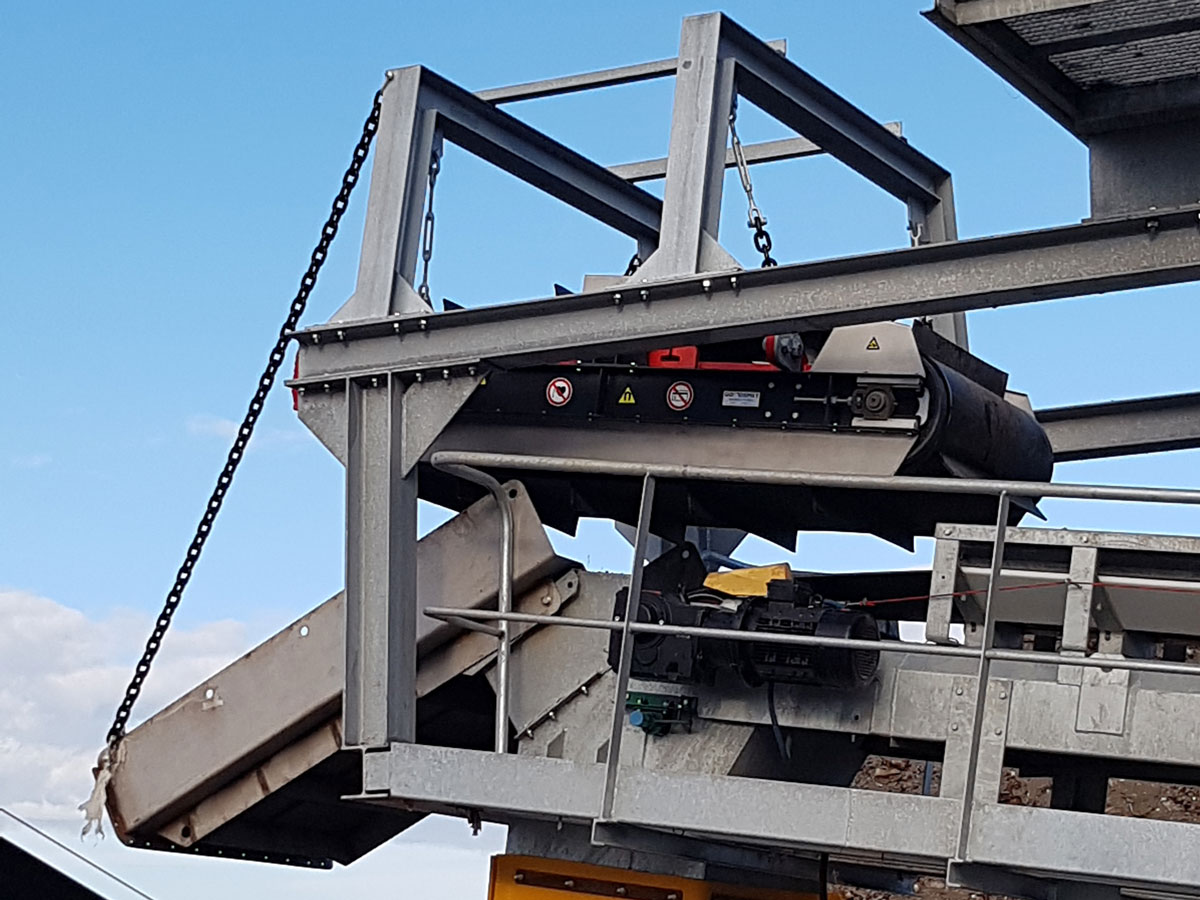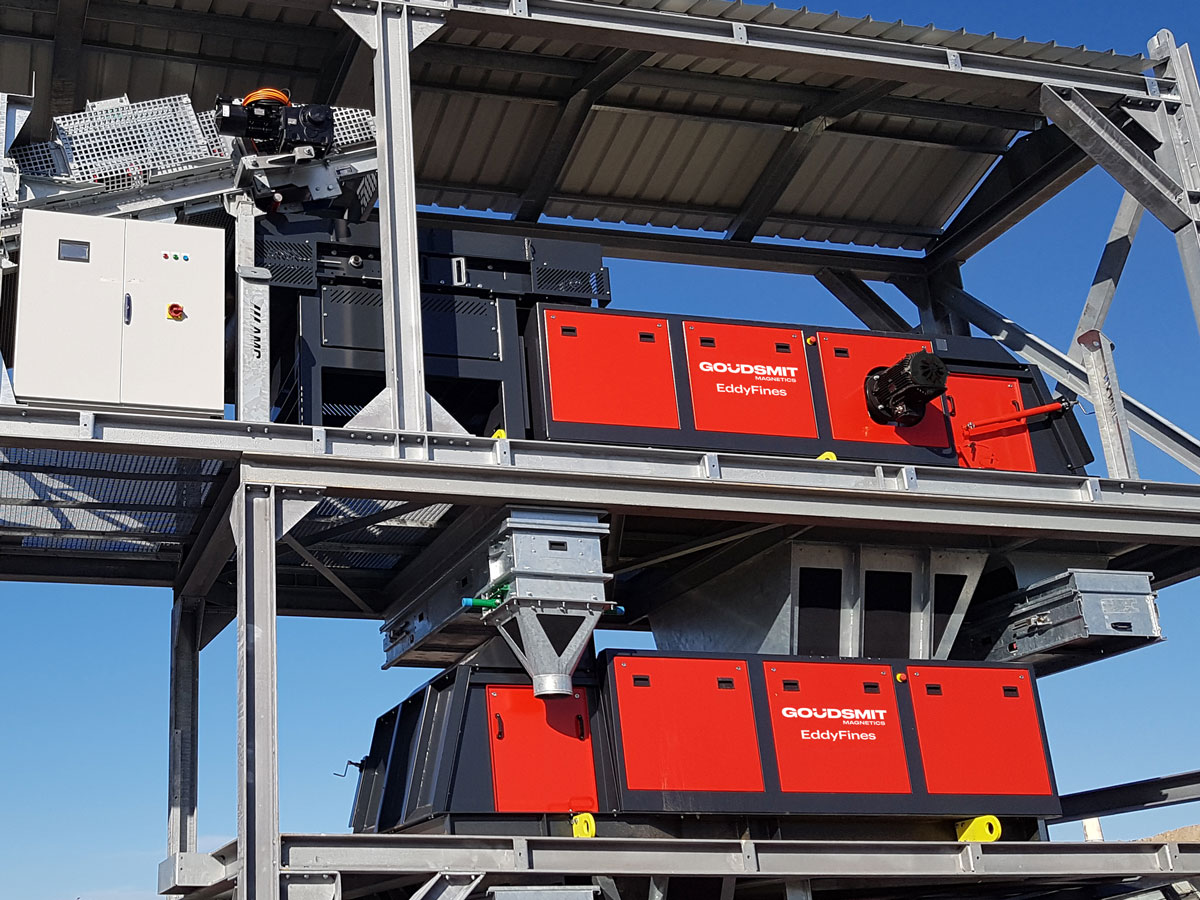Bottom ash & incinerator slags
Bottom ash & incinerator slags
Domestic waste combustion process:
Burning household waste occurs in large ovens, after which it is cooled with water or air. The resulting product is a slag mass called IBA: Incineration Bottom Ashes. It consists mainly of two materials: metal and mineral fractions. Incinerator slags are usually first buffered (ageing) and then upgraded in what is called an SCF (slag cleaning furnace).
The metal fraction consists of both ferrous and non-ferrous metals. Hereby it is important to recover as much metal as possible, creating a pure mineral fraction that is used as secondary building material.
What are incinerator slags?
Incinerator slags are a product of the waste-to-energy (WtE) process in which household waste is burned to generate warmth and electricity for households, for example. It is a grey, cement-like mass, coarse in texture.
Composition:
- minerals: 85 - 90%
- ferrous / iron containing: 4 - 10%
- non-ferrous: 2 - 5%
Properties:
- specific mass: 1,000 - 1,500 kg/m³
- humidity: 0 - 30%
Separating ferrous metals
Ferrous metals are easy to separate with overband magnetic separators. The relatively pure separated ferrous fractions can then be fed directly back to the metal manufacturing industry (iron smelters / iron producers / blast furnaces) as secondary raw materials.
The finer fractions contain so-called magnetic slag, these are nuggets consisting of mineral and metal. Magnetic slag can be best separated with a 1,800 or 3,000 gauss head roller magnet.
Using the band speed and the position of the separation bulkhead, the grade of the material can be determined very accurately.

Eddy current separation
The eddy current technology separates non-ferrous metals as a metal mix. This metal mix can consist of aluminium, copper, zinc, brass, stainless steel, lead, nickel, gold, silver, palladium, platinum, magnesium and titanium.
The drier the material, the more easily the metals can be separated. The finer the fractions are, the more difficult it is to separate the non-ferrous metals. Often, in the fine fractions, we place multiple eddy current separators in cascading order.
This generates an optimal separation yield. The first machine, for example, focuses on the bulk metals and the aluminium (LNF, Light Non-Ferrous metals). The second eddy current focuses on the heavy metals (HNF, Heavy Non-Ferrous), including the copper parts and wires.

